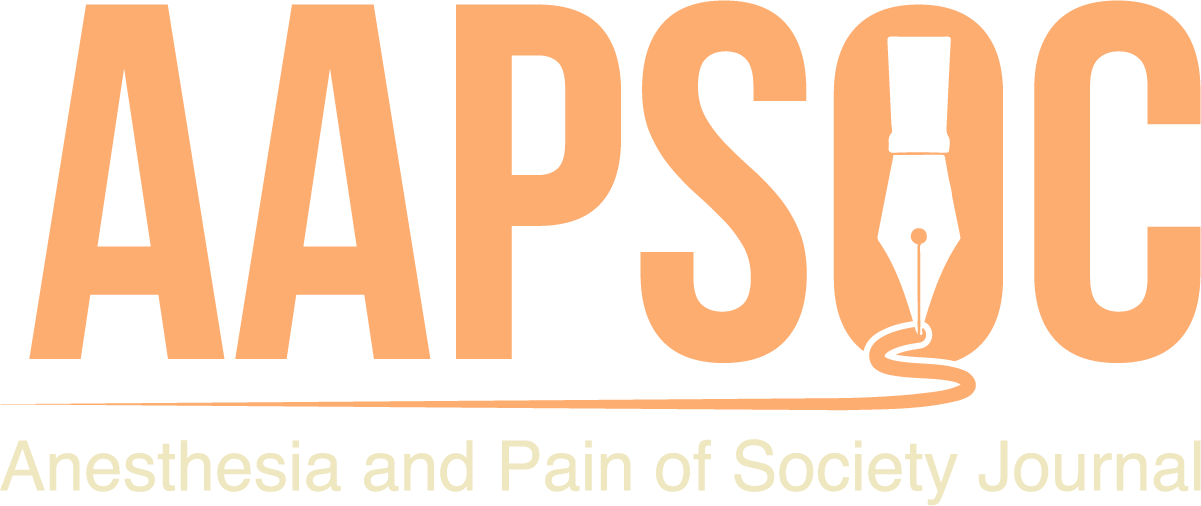Impact of Ketamine-Propofol Combination (Ketofol) Versus Ketamine Alone on Blood Glucose Levels in Patients Under-going Total Intravenous Anesthesia: A Hospital-Based Clinical Study
Authors
Abstract
Background: Blood glucose regulation is critical during the perioperative period. Hyperglycaemia or diabetes mellitus presents challenges in managing surgical patients, as high glucose levels can increase morbidity and mortality. This study compared the impact of a ketamine-propofol combination (ketofol) versus ketamine alone on blood glucose levels during the induction phase of total intravenous anaesthesia in patients at a regional hospital in Timor-Leste. Understanding the differential effects of these anaesthetic agents is crucial for optimising perioperative care in patients with diabetes. Methods: This experimental study was conducted at a regional hospital in Timor-Leste and included 62 patients undergoing total intravenous anaesthesia. Patients were randomly assigned into two groups: Group A received a ketamine-propofol combination (ketofol), while Group B received ketamine alone. Blood glucose levels were measured at baseline and at 5, 10, 15, and 20-minutes post-induction. Ethical clearance was obtained from the Health Research Ethics Committee of Timor-Leste. Statistical analysis was performed using descriptive statistics, independent t-tests, and Pearson’s correlation to assess the differences in glucose levels between the groups. Results: A total of 62 patients were included in the study, with 31 patients receiving ketofol and 31 patients receiving ketamine alone. Blood glucose levels were measured at four time points: T1 (5 min post-induction), T2 (10 min post-induction), T3 (15 min post-induction), and T4 (20 min post-induction). No significant differences were observed between the two groups at T1 and T2. However, at T3 and T4, the Ketamine group exhibited significantly higher blood glucose levels than the ketofol group (p = 0.001). Conclusion: These findings suggest that the combination of ketamine and propofol (ketofol) provides better control of blood glucose levels, particularly during the later stages of anaesthesia.
Similar Articles
- Vujsa Chachart, Gantaros, Evaluation of the Effectiveness of Lidocaine and Ketamine Injections in Reducing Pain from Propofol Injection in General Anesthesia , Anesthesia and Pain of Society Journal: Vol. 1 No. 1 (2025): April
- Bastian Lubis, Aznan Lelo , Sri Rahmadhona, Putri Amelia , Effect of Thiamine on Serum Glucagon and Reactive Oxygen Species (ROS) in Perioperative Stress Response , Anesthesia and Pain of Society Journal: Vol. 1 No. 1 (2025): April
- Seila Barroso, Hee Seung Kang , Effect of Intravenous Aminophylline on Recovery Acceleration from General Anesthesia in Laparotomy Patients: A Bispectral Index Evaluation , Anesthesia and Pain of Society Journal: Vol. 1 No. 1 (2025): April
- Brijesh Bhayani , Parth Shah , Effect of a Single Dose of Dexamethasone on Postoperative Pain and Nausea in Patients Undergoing Spinal Anesthesia: A Randomized Controlled Study , Anesthesia and Pain of Society Journal: Vol. 1 No. 1 (2025): April
You may also start an advanced similarity search for this article.
